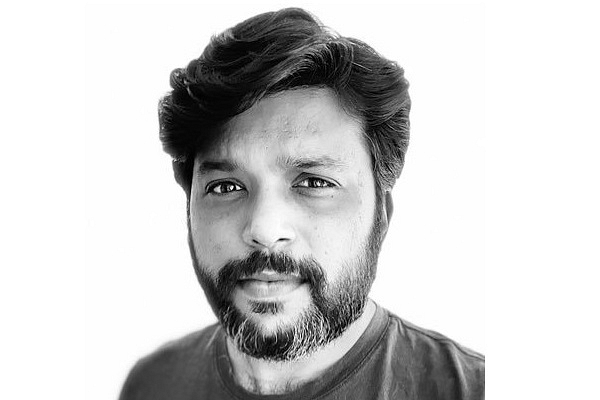Insta
US-Based Indian-Origin Professor Claims Taliban, Which Killed Danish Siddiqui, Shows More Humanity Than RSS

Danish Siddiqui (Pic Via Twitter)
Indian-origin US-based professor Gaurav Sabnis has claimed that the Taliban showed more humanity than the Rashtriya Swayamsevak Sangh (RSS) in the context of photojournalist Danish Siddiqui being killed by the terrorist organization in Afghanistan a couple of days ago.
“Even the Taliban itself is showing more humanity over #DanishSiddiqui than the Sangh,” Sabnis tweeted, drawing a puzzling analogy between the two entities in the wake of Siddiqui’s death in the war-torn country.
Many individuals on social media platforms have rather peculiarly attempted to shield the Taliban’s role in the photojournalist’s demise by attacking fellow users after Siddiqui’s passing away.
Similarly, Sabnis, an Associate Marketing Professor at the Stevens Institute of Technology, mentioned on Twitter that ‘Sanghi Vultures’ are pecking Siddiqui’s death as 'he took a picture proving the full scale of covid deaths and resulting cremations in India’, OpIndia reports.
Various social media users were shocked at the statement of Sabnis, who questioned the relevance of 'humanity' display by a terror organisation.
As Taliban capture more territory across Afghanistan, the war-ravaged nation is experiencing an episode of 'back to the future'. The Jihadist group has begun enforcing harsh religious code of conduct that characterised its rule from 1996 to 2001.
The group is daily capturing new districts, seizing key border crossings, and encircling provincial capitals even as the final withdrawal of foreign troops takes place. In the occupied areas, the group is reportedly distributing leaflets asking the people to strictly adhere to Sharia law-mandated conduct.
During the peak of the second wave of the Covid-19 pandemic, Siddiqui had infamously taken a picture of burning funeral pyres that violated the privacy of the individuals who had fallen prey to the virus.
He then sold the picture for exorbitant amounts at British-owned stock photography agency Alamy, which had caused a major uproar on social media back then.
Support Swarajya's 50 Ground Reports Project & Sponsor A Story
Every general election Swarajya does a 50 ground reports project.
Aimed only at serious readers and those who appreciate the nuances of political undercurrents, the project provides a sense of India's electoral landscape. As you know, these reports are produced after considerable investment of travel, time and effort on the ground.
This time too we've kicked off the project in style and have covered over 30 constituencies already. If you're someone who appreciates such work and have enjoyed our coverage please consider sponsoring a ground report for just Rs 2999 to Rs 19,999 - it goes a long way in helping us produce more quality reportage.
You can also back this project by becoming a subscriber for as little as Rs 999 - so do click on this links and choose a plan that suits you and back us.
Click below to contribute.
Latest